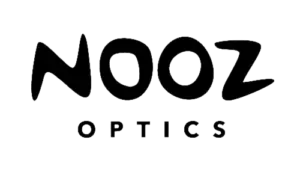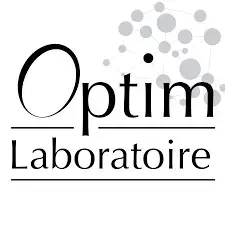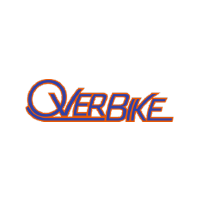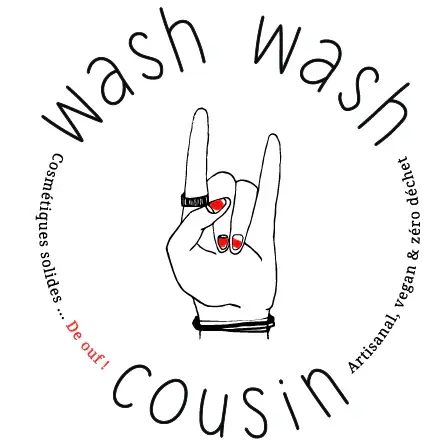When deploying ERP for the first time, you don't know what you don't know.
We think about the users, the budget, the modules to be activated.
But we often forget essential elements, technical or logistical points that seem secondary... until they become urgent.
It's when you see the projects in the field - sometimes chaotic, sometimes brilliantly successful - that you realize what really makes the difference.
Here's what I'd have liked to hear, before taking the plunge.
1. Logistics is everything - even if you don't sell pallets
Think your priority is billing, sales or CRM? That makes sense.
But if your company manages physical products - even in small quantities - the logistics must be thought through right from the start.
- Several warehouses? Think about their configuration from the outset.
- Products moving from point A to point B? Plan internal movement rules.
- Frequent stock-outs? Automate your replenishments.
Don't put logistics at the end.
Correcting a structural error in a warehouse already in use is like rebuilding the foundations of an inhabited house.
2. Traceability is a performance tool (not just a compliance tool)
Are you in agri, pharma or industry?
So you know the drill: batch traceability, serial numbers, expiration dates, regulatory compliance...
But even outside these sectors, traceability can simplify your life:
- Find out in 2 clicks where a product comes from
- Know who handled it, when, and under what conditions
- Improve responsiveness in the event of customer returns or disputes
Odoo makes it all possible. But beware: you can't improvise.
We need to think up the scenarios, activate the right settings, and above all... train the teams.
Because a good tool that's poorly used is wasted potential.
3. Logistics integration is not a bonus. It's a cornerstone.
Many believe thatby installing Odooeverything will be automated at once.
But ERP alone isn't enough. You need to connect it to the ecosystem in which you work.
- Delivery tracking? Integrate a tool like Effitrace.
- Selling online? Synchronize with Shopify or Prestashop.
- Physical point of sale? Set up the checkout to talk to stock.
Ask yourself the right questions right from the start:
- What data should flow between tools?
- Who needs access to what, when?
- How can you avoid duplication, errors and loss of information?
A solid ERP project is a well-connected project.
4. Odoo can do it all. But don't ask him to do everything... just yet.
This is probably one of the most common pitfalls: trying to activate everything.
After all, Odoo is modular. CRM, sales, purchasing, production, HR, marketing... we want to explore it all.
But that's the best way to drown.
Our advice? Prioritize. Start with what hurts today:
- A commercial management chaotic?
- Stocks out of sync?
- Manual billing too slow?
Settle these points first. Then proceed step by step.
5. A good tool is useless without good people around it.
It can't be said often enough: the success of an ERP project depends on the commitment of its teams.
- Involve users from the outset
- Test the modules in real-life conditions
- Plan training courses adapted to each person's role
- Remain available to answer questions or doubts
The tool is not the project. Change is the project.
And this change needs to be accompanied. Otherwise, Odoo will remain "just another thing" that nobody wants to open.

TSC Experts: a partner to avoid avoidable errors
At TSC Expertswe don't offer you a standard implementation.
We help you build your own roadmap, with your constraints, your teams, your priorities.
- Laying a solid logistical foundation
- Configuring Odoo for your everyday life
- We connect your tools seamlessly
- We train your staff without jargon
- And above all, we'll be here after the launch
Because a good Odoo rollout is a project that's well managed, progressive and well supported.
Anticipate, surround yourself, and take it step by step.
Deploying an ERP is no formality.
But it's not a leap in the dark either, provided you're well prepared.
Take time to think about your logistics, your integrations, your priorities.
Get help if you need it. And above all, create a positive internal dynamic where everyone understands, participates and makes the tool their own.
That's how a simple ERP becomes a real growth lever.





























